The Curtiss P-40 Warhawk was America's third most-produced fighter aircraft during World War II.
It drags a reputation as a fighter plane defeated and outclassed by its adversaries, which even provoked an investigation after the Second World War, aimed at determining why it had been kept in production against all odds. With hindsight, it seems rather that its pilots had to fight in difficult conditions, which did not allow the plane to shine. It had a certain importance in the operations of the middle of the Second World War, and this for several reasons:
the P-39 Airacobra, its most direct competitor, cruelly disappointed the hopes placed in it;
the P-47 Thunderbolt was only available in the spring of 1943, and at first in small numbers shared between different theaters of operations. Moreover, he quickly showed his limits as a pure hunter;
the P-51 Mustang was not available as a fighter until December 1943. It was available in small numbers since the spring of 1943 for reconnaissance missions (in its F-6B/C and A-36 Apache versions).
The P-40 therefore remained by necessity until the autumn of 1943 the only valid fighter available in large numbers for the American air force, which never engaged it on the European front. Although not very efficient at altitude, because of its engine, it served very honorably during most of the conflict, thanks to its low cost, its great ease of maintenance and its great robustness.
To the British and other Commonwealth nations it was known successively as Tomahawk and then Kittyhawk. It remains famous for having been the aircraft of the Flying Tigers of the 14th USAAF engaged in China during the Second World War, and was also the aircraft of many aces from several countries. The last examples to serve in an air force succeeded Brazil. They were only retired in 1958.
Specifications
Spotlights
- xNotDumb 2.8 years ago
General Characteristics
- Successors 3 airplane(s) +28 bonus
- Created On Windows
- Wingspan 46.1ft (14.1m)
- Length 39.6ft (12.1m)
- Height 15.6ft (4.8m)
- Empty Weight 3,384lbs (1,535kg)
- Loaded Weight 4,896lbs (2,221kg)
Performance
- Horse Power/Weight Ratio 1.021
- Wing Loading 8.1lbs/ft2 (39.4kg/m2)
- Wing Area 606.6ft2 (56.4m2)
- Drag Points 2183
Parts
- Number of Parts 213
- Control Surfaces 5
- Performance Cost 1,098

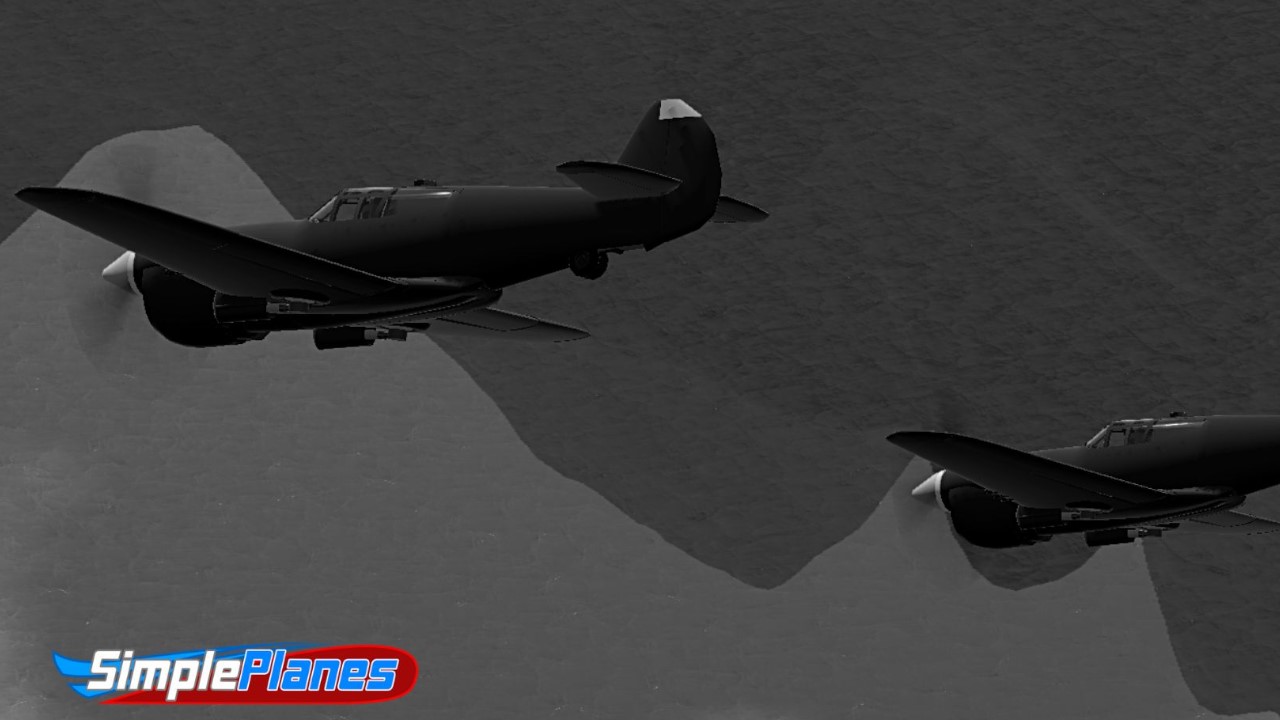
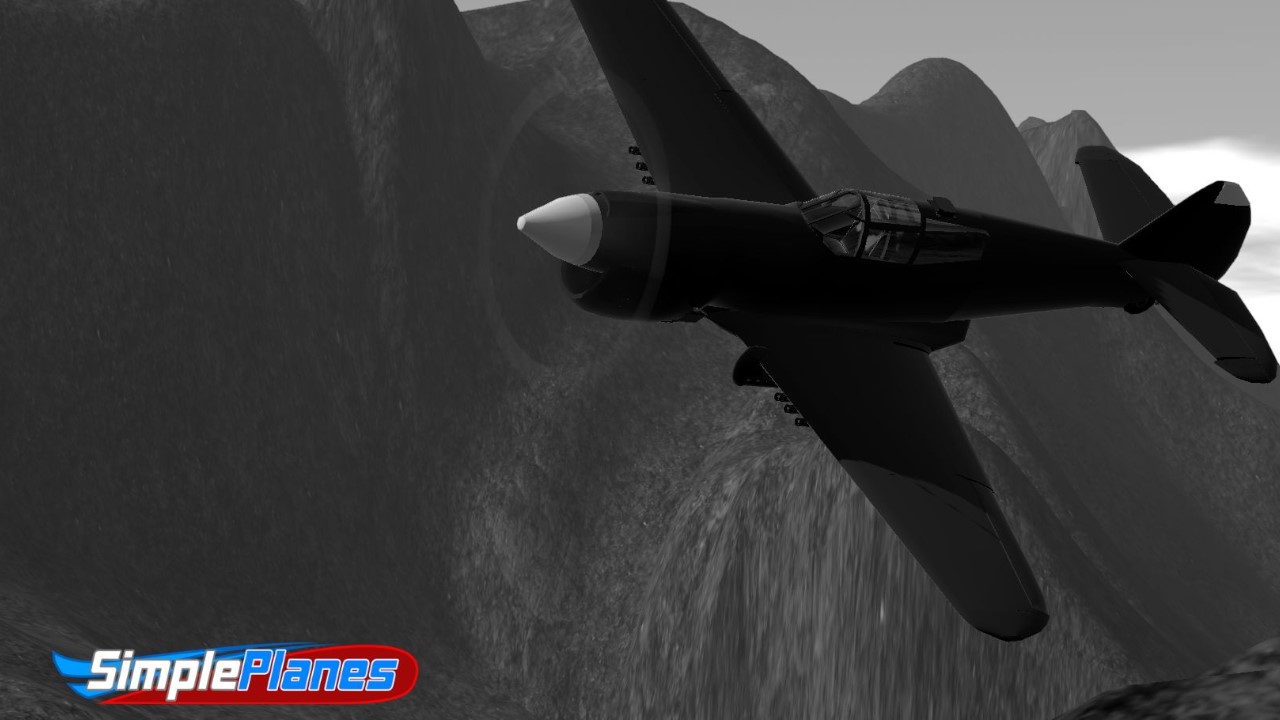
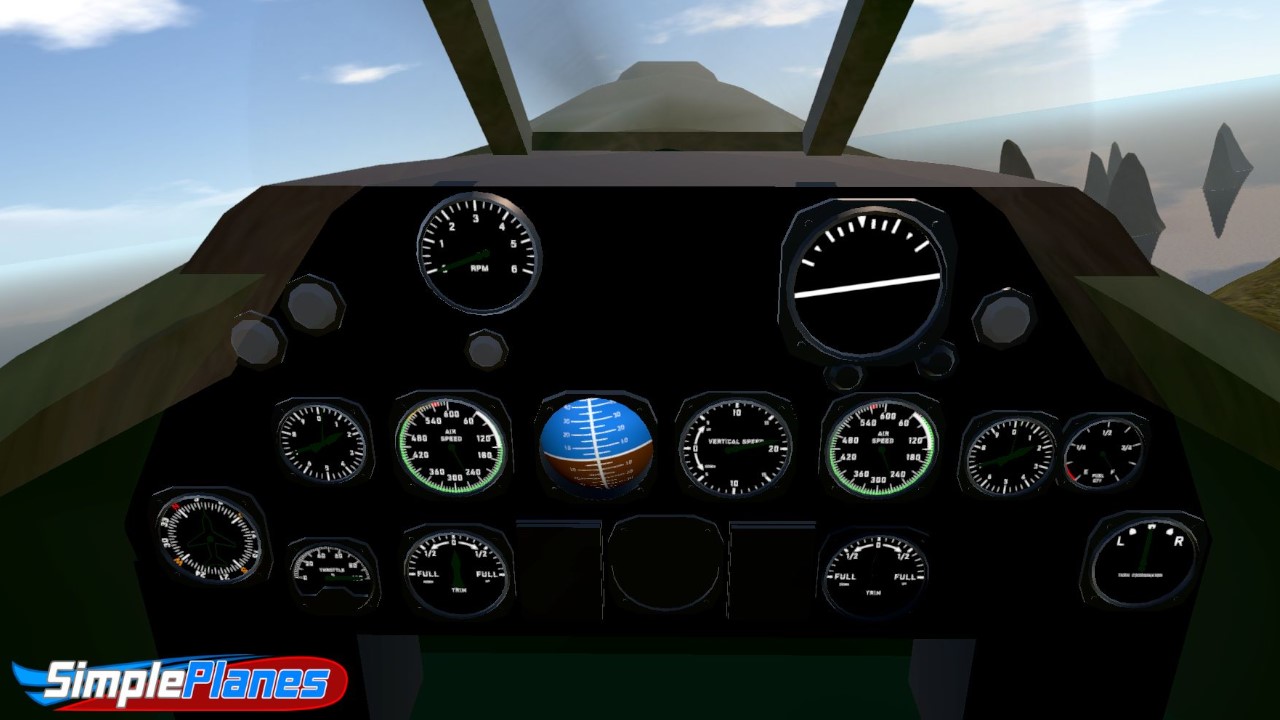
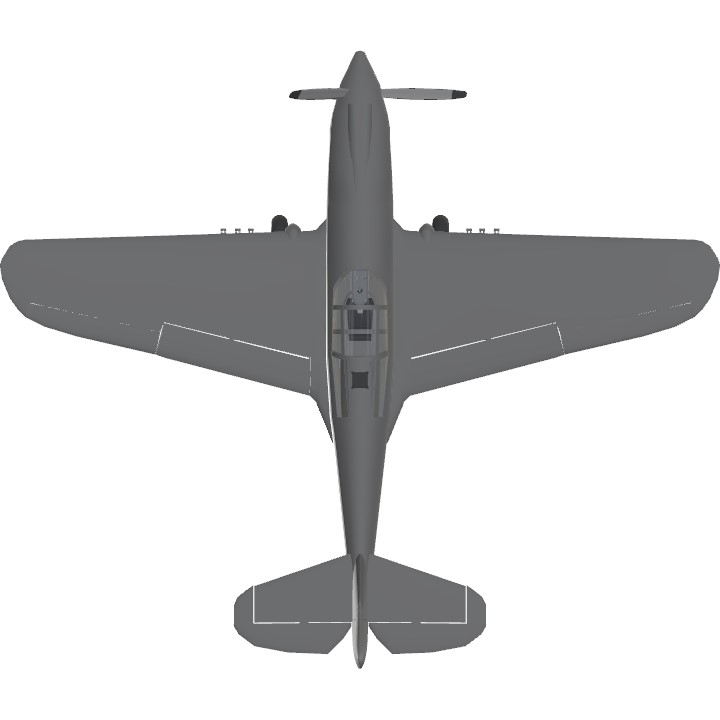
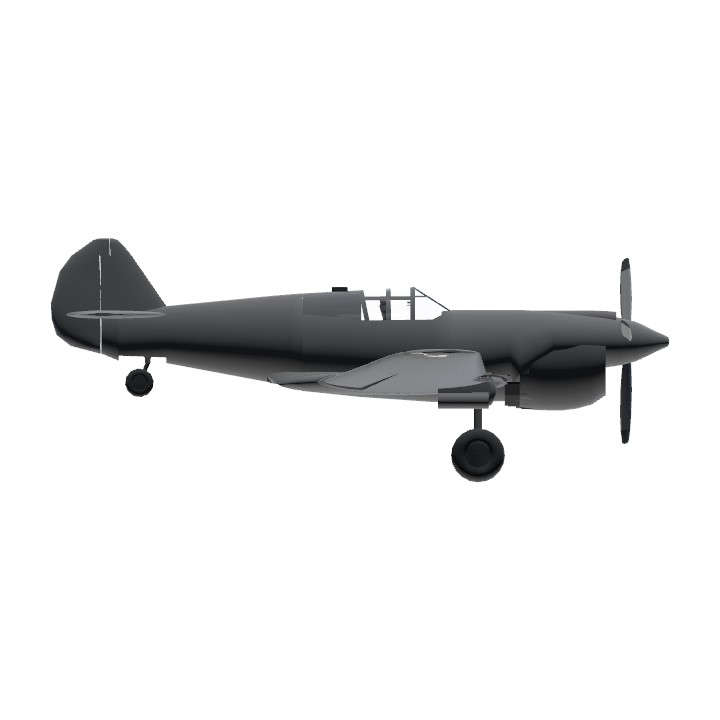
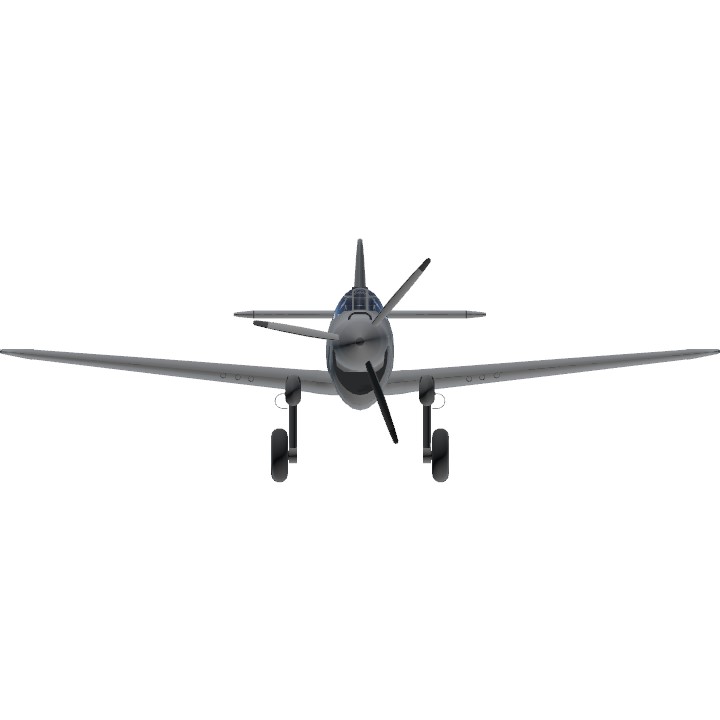
¡TORA TORA TORA!